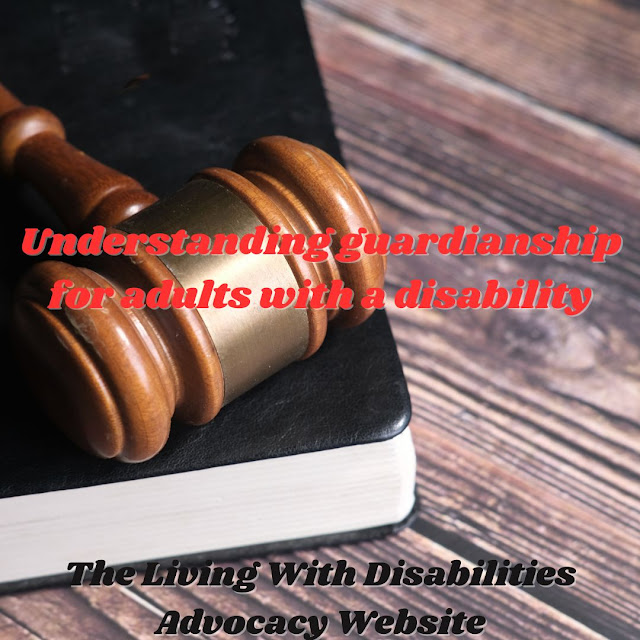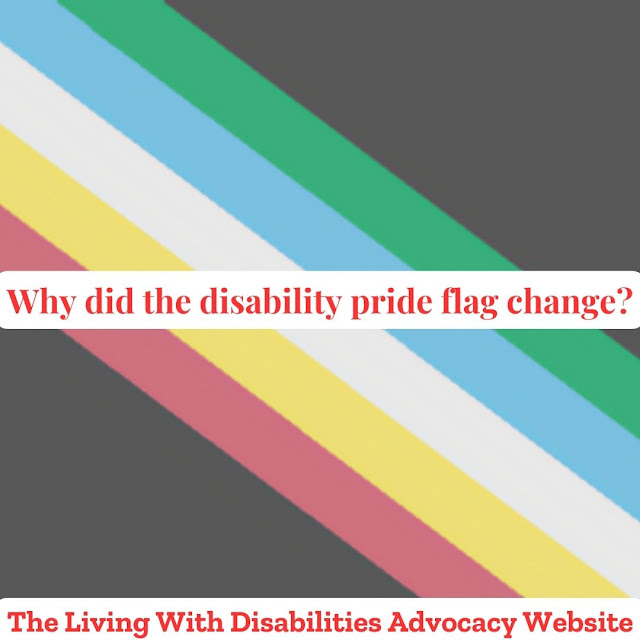Understanding Osteoporosis Part 2
First, welcome to the Living With Disabilities Advocacy Website. It's run by none other than Katrina Smith, who's a person with a learning disability. Her mission behind Living With Disabilities is to bring awareness to all people with disabilities.
Today, Living With Disabilities wants to finish talking about Osteoporosis.
Risk Factors
Your age, race, lifestyle choices, medical problems, and medications are all variables that can raise your risk of developing osteoporosis.
Changeless risk
Some osteoporosis risk factors are beyond your control, such as:
1. It's all about you. Women are much more prone than men to acquire osteoporosis.
2. Age. The risk of osteoporosis increases as you get older.
3. Race. If you're white or Asian, you're more likely to have osteoporosis.
4. History of the family. You're more likely to get osteoporosis if you have a parent or sibling who has it, especially if your mother or father has had a hip fracture.
5. Size of the body frame. Men and women with petite physical frames are at a higher risk because they may have less bone mass to draw on as they get older.
Hormones levels
People with too much or too few specific hormones in their bodies are more likely to develop osteoporosis. Here are several examples:
1. Hormones of sex. Low sex hormone levels have been linked to bone thinning. The drop in estrogen levels that occurs during menopause is one of the most powerful risk factors for osteoporosis. Prostate cancer treatments that lower testosterone levels in males and breast cancer treatments that lower estrogen levels in women are likely to hasten bone loss.
2. Thyroid issues. Thyroid hormone overproduction can lead to bone loss. If your thyroid is overactive or you take too much thyroid hormone medicine to treat an underactive thyroid, this can happen.
3. Other glands are present. Overactive parathyroid and adrenal glands have also been linked to osteoporosis.
Dietary factors
People with the following conditions are more prone to developing osteoporosis:
calcium deficiency. Osteoporosis is caused by a lack of calcium throughout one's life. Low calcium consumption leads to lower bone density, early bone loss, and a higher risk of fractures.
Eating disorders are a type of eating disorders. Both men and women lose bone mass when they severely reduce their dietary intake and are underweight.
Gastrointestinal surgery is a type of surgery that deals with the digestive system. The amount of surface area accessible to absorb nutrients, including calcium, is reduced when your stomach is reduced in size or a portion of your intestine is removed. Surgical procedures to help you lose weight and treat other gastrointestinal problems are among these procedures.
corticosteroids and other medications
The bone-rebuilding process is hampered by long-term usage of corticosteroid medicines like prednisone and cortisone, which are taken either orally or intravenously. Osteoporosis has also been linked to the use of drugs to treat or prevent it.
Seizures
Cancer of the stomach
Rejection of a transplant
Medical conditions
Osteoporosis is more likely in those who have specific medical conditions, such as:
Celiac illness is a type of celiac disease that affects
Inflammatory bowel disease (IBD) is a type of bowel disease that
Diseases of the kidneys or the liver
Cancer
Multiple myeloma is a type of cancer that affects the blood cells.
Rheumatoid arthritis is a type of arthritis that affects the joints.
Lifestyle choices
Osteoporosis might be increased by certain unhealthy habits. Here are several examples:
a sedentary way of life. People who sit a lot have a higher chance of developing osteoporosis than those who are more active. Walking, running, leaping, dancing, and weightlifting are all advantageous to your bones, but walking, running, jumping, dancing, and weightlifting appear to be particularly beneficial.
overindulgence in alcoholic beverages. More than two alcoholic drinks per day raise the risk of developing osteoporosis.
Tobacco consumption. Although the exact effect of tobacco on osteoporosis is unknown, it has been proven that smoking causes weak bones.
Complications
The most significant effects of osteoporosis are bone fractures, particularly in the spine or hip. A fall can result in hip fractures, which can cause disability and even an increased risk of death within the first year after the accident.
Even if you haven't fallen, you may have a spinal fracture. Back pain, height loss, and a leaned forward posture can all arise from the bones that make up your spine (vertebrae) weakening to the point of collapse.
Prevention
Maintaining the health of your bones throughout your life requires good nutrition and regular activity.
Vitamins
Calcium
The Mayo Clinic recommends Men and women between the ages of 18 and 50 need 1,000 milligrams of calcium a day. This daily amount increases to 1,200 milligrams when women turn 50 and men turn 70.
Living with disabilities says that the best calcium intake is through food. Finding calcium-rich foods like,
- Dark green leafy vegetables
- Canned salmon or sardines with bones
- Soy products, such as tofu
- Calcium-fortified cereals and orange juice
The Health and Medicine Division of the National Academies of Sciences, Engineering, and Medicine recommends a total calcium intake of no more than 2,000 MG daily for people older than 50.
Exercise
Osteoporosis - Symptoms and causes - Mayo Clinic




Comments
Post a Comment